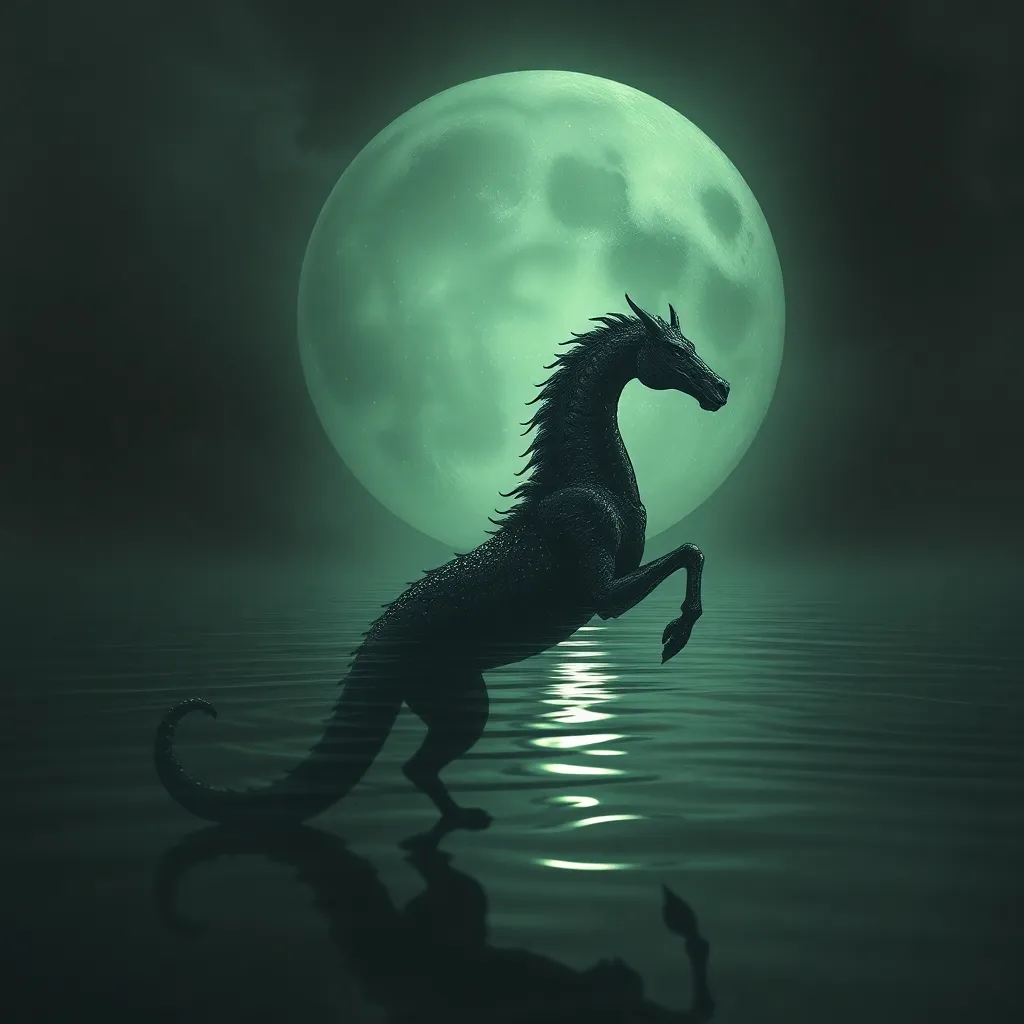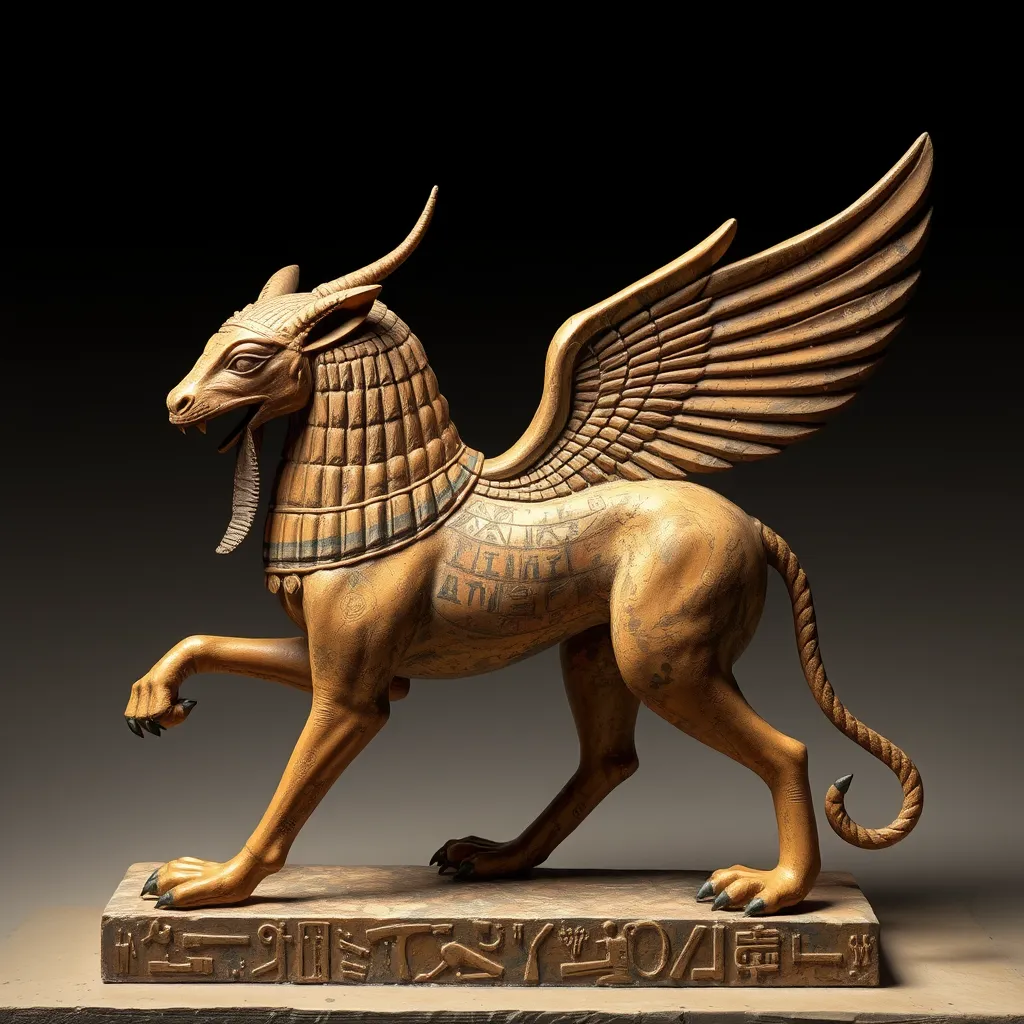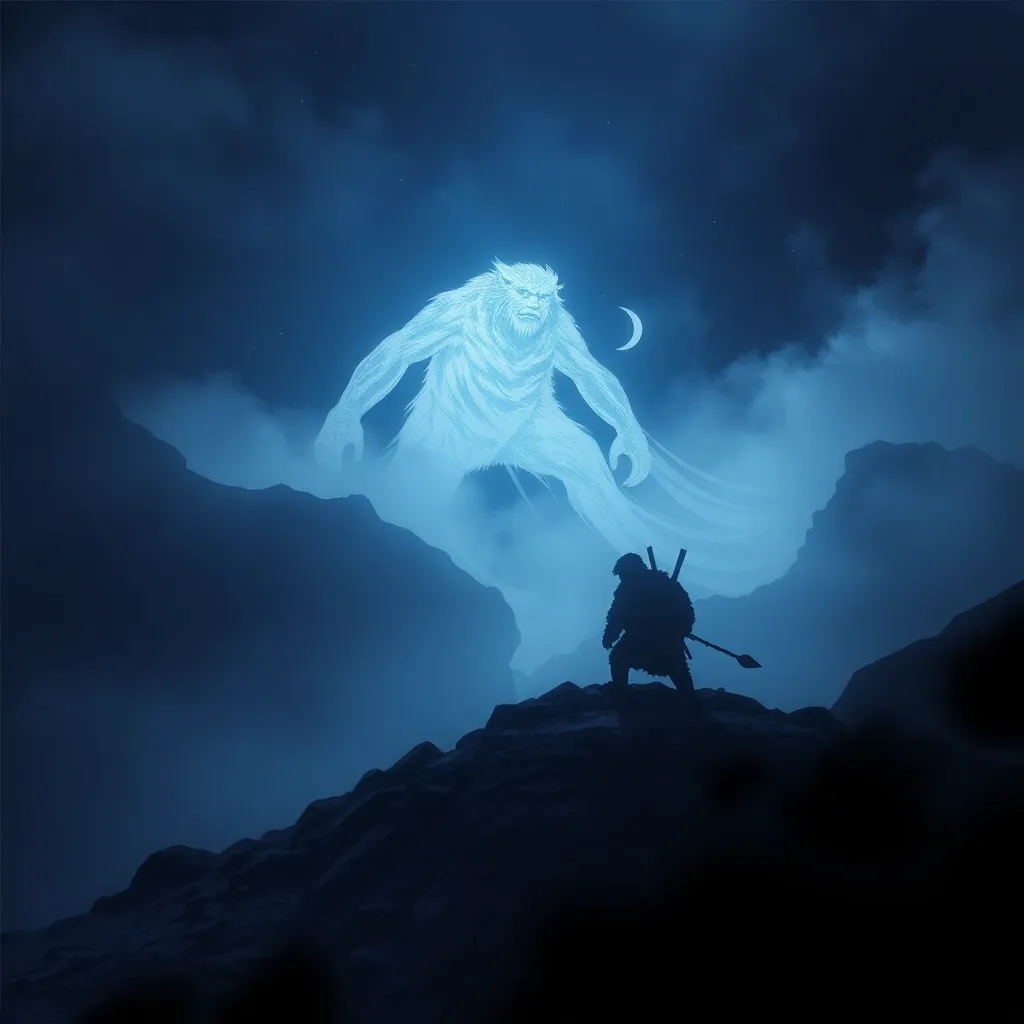The Kelpie’s Shadow: Examining the Darker Elements of the Myth
I. Introduction
The Kelpie is a fascinating and fearsome figure from Scottish folklore, often depicted as a water spirit that takes the form of a horse. This myth has captivated the imagination of many, offering a blend of beauty and terror that leaves a lasting impression. The significance of exploring the darker elements of the Kelpie myth lies in understanding the complexities of human nature, the moral lessons embedded within folklore, and the cultural anxieties that such tales reveal.
This article aims to delve into the origins, characteristics, and consequences of encountering a Kelpie, while also examining its place within contemporary culture. By unpacking the layers of this myth, we can reveal insights into not only the Kelpie itself but also the societal values and fears it embodies.
II. Origins of the Kelpie Myth
The myth of the Kelpie has deep historical roots in Scotland, with its origins often traced back to ancient Celtic beliefs. Water has always been a powerful symbol in human culture, representing both life and death, and the Kelpie personifies this duality.
A. Historical context and cultural roots
Scottish folklore often features water spirits, and the Kelpie is one of the most prominent among them. Historical records suggest that the Kelpie may have originated from earlier pagan beliefs, evolving over time as Christianity spread throughout Scotland. The Kelpie became a cautionary figure, warning against the dangers of venturing too close to water sources.
B. Variations in storytelling across regions
While the Kelpie is primarily associated with Scotland, variations of this myth exist in other cultures. In Ireland, for example, similar water spirits known as “Each-Uisge” are portrayed as dangerous entities. The differences in these stories often reflect regional attitudes towards water and nature.
C. The Kelpie as a symbol in Scottish folklore
In Scottish culture, the Kelpie symbolizes not only the beauty of nature but also its unpredictability and danger. This duality is crucial in understanding the Kelpie’s role within the broader context of Scottish identity and folklore.
III. The Dual Nature of the Kelpie
The Kelpie’s character embodies a fascinating duality. It is both a benevolent figure and a harbinger of doom, reflecting humanity’s complex relationship with nature.
A. The Kelpie as a benevolent figure
In some narratives, the Kelpie is portrayed as a helpful spirit, guiding lost travelers or aiding those in distress. These stories often emphasize the Kelpie’s connection to the land and its role as a protector of nature.
B. The transformative, darker aspects of the Kelpie
Conversely, the Kelpie is also depicted as a malevolent force, luring individuals to watery graves. This darker aspect serves as a reminder of nature’s power and unpredictability, as well as the consequences of human folly.
C. Comparisons to other mythological water spirits
- Nixie: A water spirit from Germanic mythology, often associated with seduction and danger.
- Undine: A water nymph in European folklore, representing the interplay of love and sacrifice.
- Selkie: A creature from Scottish and Irish mythology that can shift between seal and human forms, embodying themes of transformation.
IV. The Kelpie’s Lure: Temptation and Deception
The Kelpie’s allure is perhaps its most potent weapon. The creature’s beauty and charm mask its true intentions, making it a symbol of temptation and deception.
A. The seductive nature of the Kelpie
Many tales depict the Kelpie as irresistibly attractive, often appearing as a stunning horse. This beauty draws in unsuspecting victims, highlighting the theme of appearances versus reality.
B. Analyzing tales of entrapment and loss
Numerous stories recount the entrapment of individuals by the Kelpie, often leading to tragic outcomes. These narratives serve as parables about the dangers of succumbing to temptation and ignoring warning signs.
C. Psychological implications of the Kelpie’s allure
The psychological dimensions of the Kelpie’s lure reflect deep-seated fears about desire and control. The myth serves as a cautionary tale about the perils of unchecked ambition and the consequences of ignoring one’s instincts.
V. Consequences of Encountering a Kelpie
Encounters with the Kelpie often lead to dire outcomes, reinforcing the myth’s cautionary nature.
A. Folkloric accounts of those who met their doom
Folklore is replete with stories of individuals who have been lured to their demise by the Kelpie. These accounts often serve as warnings to others about the dangers of approaching water.
B. The Kelpie’s impact on local communities and cultural memory
The stories of the Kelpie have left a lasting impact on Scottish communities, shaping cultural identities and local legends. The fear of the Kelpie continues to resonate, influencing both social behavior and cultural practices.
C. Symbolism of water as a boundary between life and death
Water is often viewed as a liminal space, a boundary between life and death. The Kelpie embodies this symbolism, representing both the nurturing and destructive aspects of nature.
VI. The Kelpie in Modern Interpretations
In contemporary culture, the Kelpie myth has been reinterpreted and revitalized, showcasing its enduring relevance.
A. Contemporary retellings of the myth in literature and media
Modern literature, films, and art have drawn inspiration from the Kelpie, often reimagining the creature in new contexts. These retellings explore themes of identity, transformation, and the human condition.
B. The Kelpie as a metaphor for modern fears and anxieties
Many contemporary interpretations position the Kelpie as a reflection of modern fears, such as environmental degradation and the unknown. The allure of the Kelpie can symbolize the seductive nature of modern technology and its potential dangers.
C. The resurgence of interest in folklore and its relevance today
As society grapples with contemporary challenges, there is a renewed interest in folklore and mythology. The Kelpie serves as a reminder of the stories that shape our understanding of the world and ourselves.
VII. Comparative Analysis with Other Mythical Creatures
The Kelpie’s characteristics can be compared to other mythical creatures, revealing shared themes and moral lessons.
A. Similarities with other water-based entities in folklore
Water spirits across various cultures often share common traits, such as seduction, danger, and transformation. Understanding these similarities can provide deeper insights into the human psyche and cultural narratives.
B. The moral lessons derived from Kelpie stories
- The dangers of temptation and desire.
- The importance of respecting nature and its power.
- The consequences of ignorance and lack of caution.
C. The Kelpie’s place within the broader context of mythological narratives
The Kelpie occupies a unique position within the tapestry of global mythology, reflecting universal themes of fear, desire, and the unknown. Its stories resonate with timeless human experiences, making it relevant across cultures.
VIII. Conclusion
In summary, the Kelpie myth reveals a complex interplay of beauty and terror, temptation and consequence. Its darker elements serve as cautionary tales, reflecting deep-rooted fears and the moral landscapes of human experience.
As we reflect on the enduring legacy of the Kelpie, we recognize the importance of understanding folklore in shaping cultural identity. The stories we tell about creatures like the Kelpie provide insights into our values, fears, and desires, reminding us that myths are not merely relics of the past but living narratives that continue to influence our lives today.



